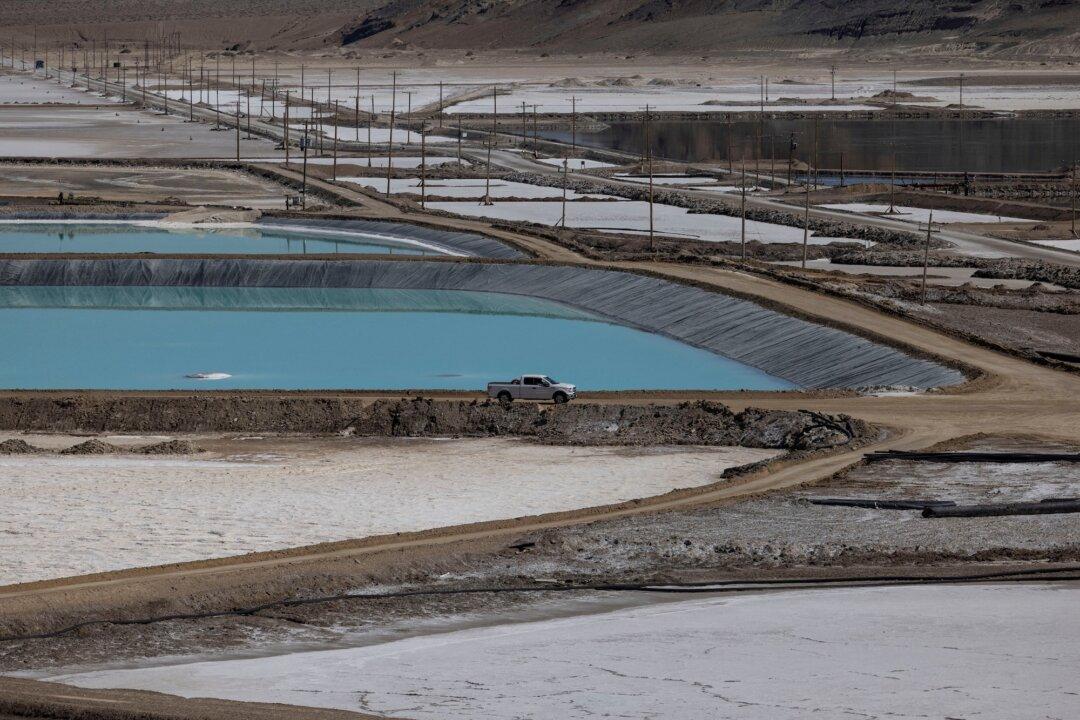Iranian health officials have called into question China’s reporting of its CCP virus toll, saying the true figures are likely higher.
“They’re currently retracting many of their articles and their figures and studies have not been very correct,” she said, adding that “with what we know of their scientific studies—their figures are not trustworthy.”
Another task force official, Hamid Souri, an epidemiologist, said China’s figures were “far from the truth,” basing his remarks on Iran’s assessment of the spread of the Chinese Communist Party (CCP) virus, commonly known as the novel coronavirus, and the high fatalities it has caused around the world.

‘Bitter Joke’
It comes days after Iran’s health ministry spokesman Kianoush Jahanpour came under fire for pointedly calling into question China’s virus figures.He said China made it seem as if the CCP virus was like the flu but less deadly.

“If in China they say an epidemic was controlled in two months, one should really think about it,” Jahanpur wrote.

He was attacked on Twitter by the Chinese ambassador to Tehran, Chang Hua, who called on him to “respect realities and the great efforts of the people of China.”
Following the Chinese official’s reproach, Jahanpour struck a diplomatic note, saying he was only saying that Iran does not agree with China’s epidemiological assessment of the virus.
Relations are typically warm between Iran and China, a top trading partner, particularly in oil exports.
But critics say Teheran’s reporting on the virus is also misleading.
Public-health expert Kamiar Alaei, co-founder and co-president of the New York-based Institute for International Health and Education, said mid-March that the real number of COVID-19 infections in Iran could be five times higher than official numbers reported at the time, RFE/RL reports.

Other experts say that not only are the real figures likely higher, but the Iranian regime’s lack of transparency and mismanagement of the outbreak fanned the pandemic.
Faisal Al-Rfouh, a professor of political science and international studies at the University of Jordan, called it an act of betrayal.
Even China, the initial center of the pandemic, reported 11 cases of the infection from Iran on March 5.





